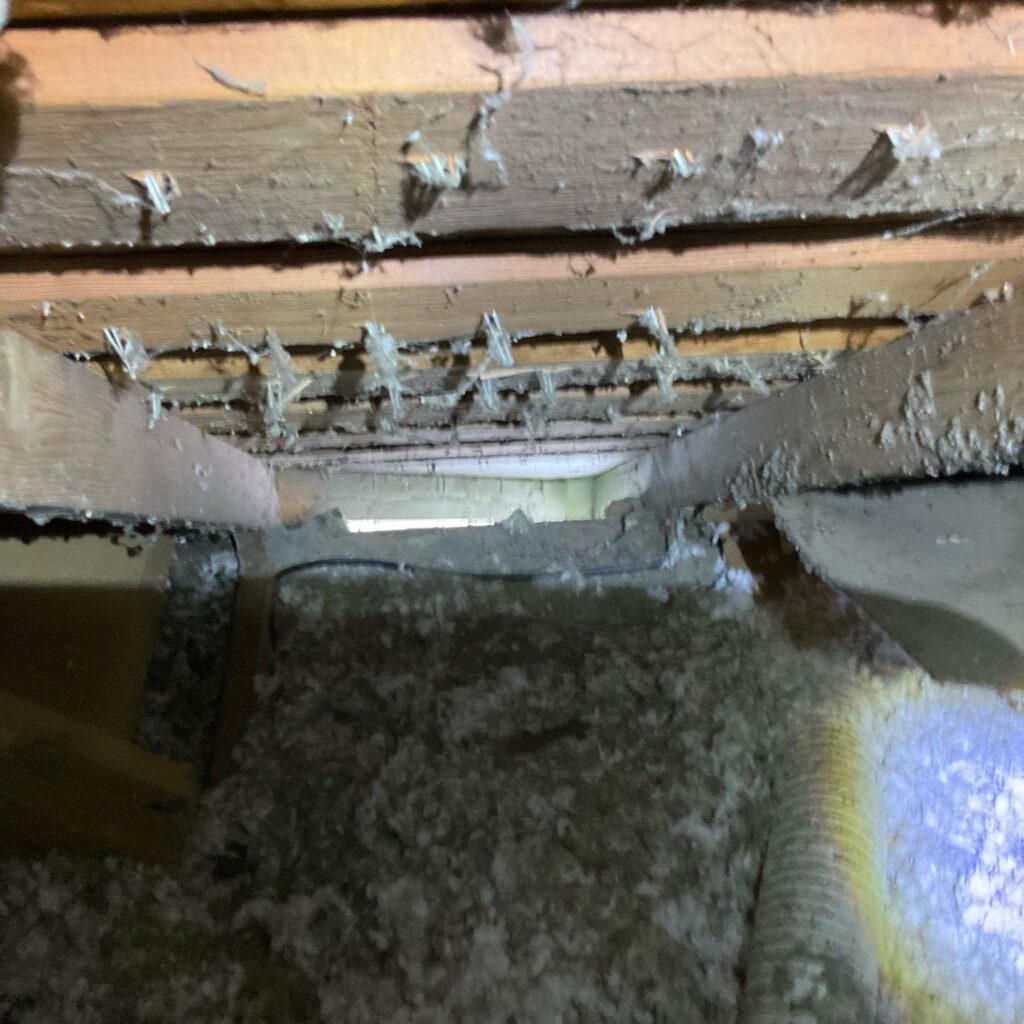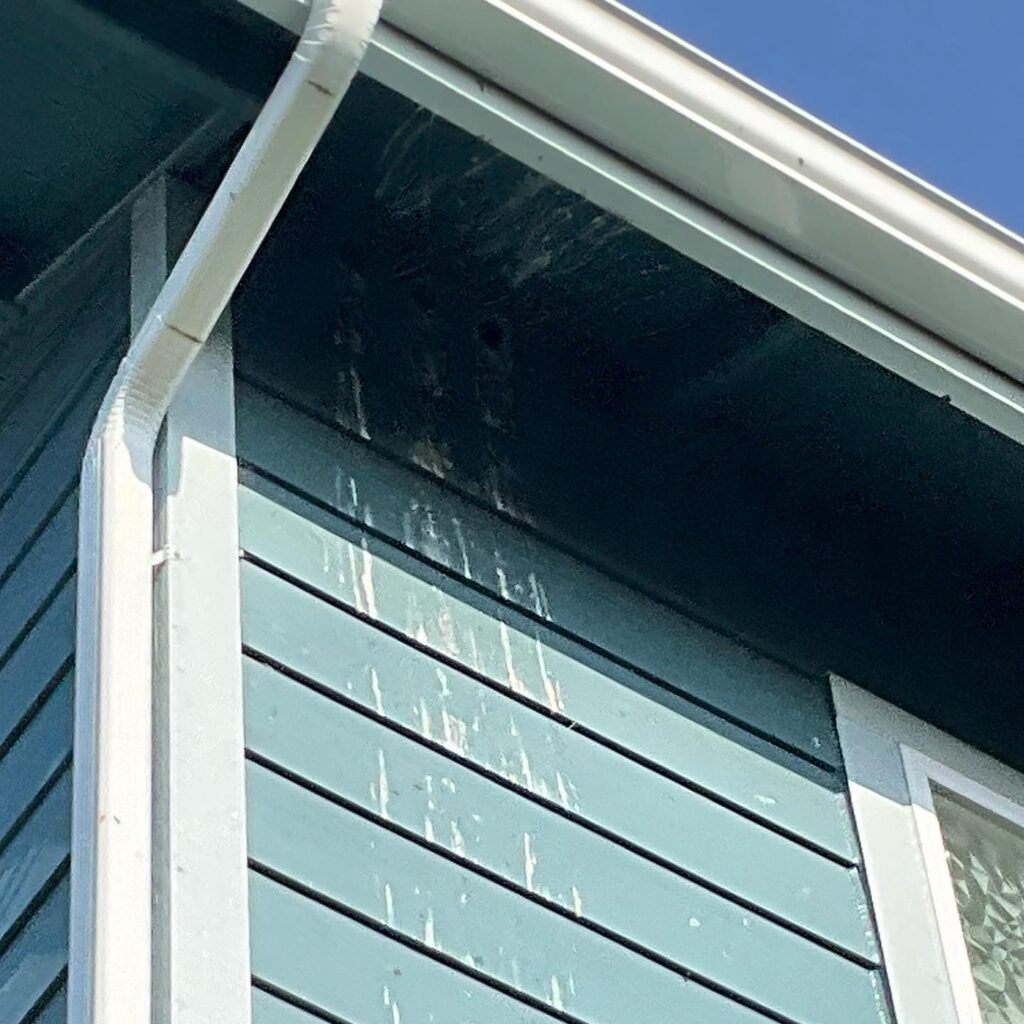
Starlings are one of the most abundant birds in North America. These intelligent birds are incredibly adaptable to man-made environments because of their ability to explore new food sources, nesting resources, and new areas. Starling features are beautiful with their iridescent colors. They are robin-sized omnivores that travel in large flocks when migrating or roosting. They put on impressive aerial displays called murmurations, creating swirling patterns in the sky.
A starling nest is a rather haphazard-looking creation that is not as tightly woven as other bird nests. If you discover a starling nest on your property, you might be experiencing an infestation that needs attention. Keeping starlings at bay is a challenge. Critter Control has over forty years of experience in the humane removal of starlings and other birds from your property.
Where Do Starlings Nest?
Starlings are cavity nesters, meaning they prefer building their homes inside holes and crevices. Starlings often nest within tree hollows and even cracks in utility poles. In urban areas, nests occupy building eaves, window ledges, and almost anywhere between 6 and 60 feet off the ground.
What Does a Starling Nest Look Like?

Starling nests are a loosely woven mass of bark, grass, twigs, and trash. Male starlings choose a nesting site and begin building the nest. Female starlings then inspect nests and the males who built them, choosing one. The female then lines their nest with soft feathers or moss to protect their glossy, pale blue eggs. Both male and female starlings work on the nest, and both sexes incubate the eggs, as well. Starlings typically lay between four and six eggs at a time.
Starlings tend to build their nests high off the ground, sometimes as high as sixty feet. Their nests take anywhere from two days to a week to complete. And they tend to return to the same nesting cavity each year.
Problem With Starling Nests
As people continue to spread into the natural habitats of starlings and other animals, starlings have little choice but to learn how to make do in our world. Unfortunately, this can create health and habitability hazards, as well as damage to homes and property.
Loud Noises
After their offspring leave the nest, starlings usually roost together in large flocks. The combined sound of so many birds fluttering their wings, scratching, and making their chirping, screaming, and chattering sounds in one place can be overwhelming. These starling sounds can get especially loud if starlings are nesting inside your home.
Property Damage
A large flock of birds roosting and flying around your home or business can create several types of damage:
- Droppings: Their droppings will accumulate on walkways, stairs, roofs, and eaves. This not only creates a mess, but their feces are corrosive and can also damage brick, stone, metal, and home siding.
- Structural Damage: Starling nests in gutters, vents, and eaves can lead to blockages that can cause water and structural damage. Starling nests in vents can also create a fire hazard.
- Equipment Damage: Large amounts of droppings can corrode the surfaces of cars, trucks, machinery, and tractors.
- Gardens: Starlings in the garden will damage and contaminate vegetables and the fruit on trees as they peck at them.
- Attics & Basements: Starlings in the attic create damaged and contaminated insulation, stonework, drywall, and wiring which is a potential hazard of having starlings in your home or commercial property. They will also bring parasites such as fleas and ticks into your home.

Dealing with Starling Nests
Removing an unsightly nest is no guarantee that the birds will stay away. Starlings reconstruct their homes in only a few hours and will even tear through window screens to reach a nesting spot. This becomes a problem when the pests rebuild nests that block gutters or vents.
Starling Prevention
To keep starling nests out of attics and vents, fit openings with secure covers. Homeowners can also discourage these birds from coming into their yards by keeping trash in tightly sealed containers. If nesting starlings simply will not leave, the specialists at Critter Control offer humane solutions to bird problems.
Deterrents & Repellents
- Seal all gaps in roofing, eaves, and soffits.
- Cover vents and chimneys with mesh.
- Install bird netting and spikes where starlings like to roost.
- Cover fruit trees and vegetables with netting.
- Use repellent sprays on surfaces where starlings like to roost.
- Ultrasonic repellents can work on large flocks.
- Keep trash tightly covered.
- Remove bird feeders, fallen fruit, and pet food.
- Use reflective materials such as aluminum foil strips to make the environment less appealing.
- Set up owl and hawk decoys.
Call Critter Control for Starling Removal
A Critter Control office is never far away. Use our office finder or call 800-274-8837 to schedule an appointment with us. Birds are some of the trickiest pests to remove from your home or business. Critter Control uses humane and effective tactics to rid your home of starling bird nests.